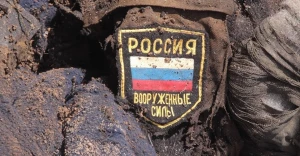
Daily battles, drone deliveries: Ukraine’s 24th Brigade spokesman on Chasiv Yar defense
The 24th Separate Mechanized Brigade has been defending Ukrainian territory from the Russian army for 11 years straight. In early September, the brigade celebrated its anniversary. Throughout the war, the units of the 24th Brigade held their ground in Donbas, Luhansk, and Kherson, stopping Russia from advancing further. Right now, they are heroically defending Chasiv Yar
Espreso spoke with Andrii Polukhin, a spokesman for the 24th Brigade. We asked him how the war has evolved since the full-scale invasion began, about the defense of Chasiv Yar, and about the locals who are still staying in the war-torn city.
Recently, the 24th Brigade celebrated its anniversary. Can you recall the most significant moments in the brigade’s history? What key events helped shape the 24th Brigade into what it is today?
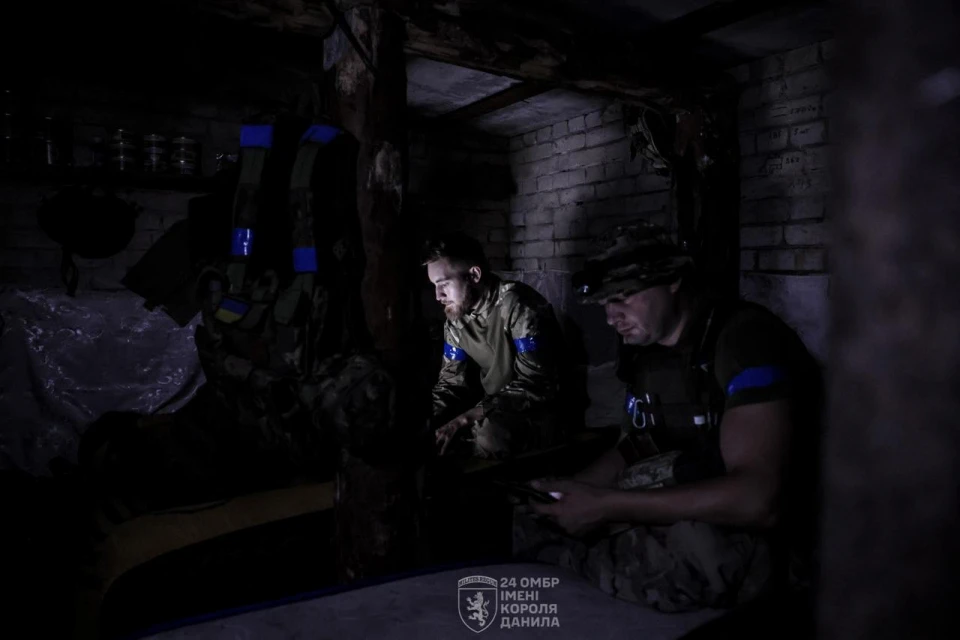
At the start of the Russian invasion, the brigade fought fiercely in the Luhansk region and recently commemorated the anniversary of the battles near Luhansk airport. I would consider the destruction of a company from Russia’s 76th Guards Air Assault Division (about 100 people) at that time to be the first major combat success. In 2014, under the leadership of Oleksandr Pavliuk, who is now the commander of the Ground Forces, the 24th Brigade liberated Lyman, Yampil, Siversk, Zarichne, Lysychansk, and Severodonetsk.
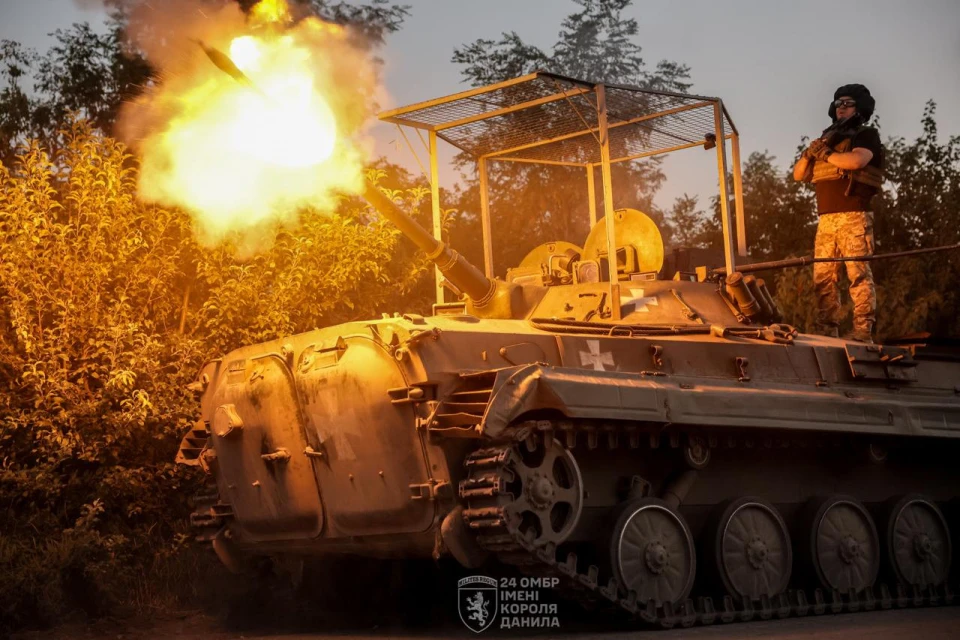
There are some achievements I want to remember and be proud of. These include several counteroffensives - one in 2018, small local assaults, and the liberation of Shumy and Pivdenne in 2019, as well as the partial liberation of Marinka and Krasnohorivka. These small offensives were led by another commander, Valerii Hudz, who was killed defending Popasna.
How many soldiers from the 24th Brigade have received the Hero of Ukraine award?
A total of 14 soldiers from the brigade have received the Hero of Ukraine award, with 9 of these honors given posthumously.
If Popasna had the same resources as Chasiv Yar, the defense could have been more successful
How long has the 24th Brigade been stationed in Chasiv Yar, and what is the current situation there as of September?
As of now, the brigade has been defending Chasiv Yar for three months. The front line is currently fixed along the Siverskyi Donets Canal, which is a strong defensive position that our soldiers are skillfully using. The area experiences daily attacks, making it a challenging section of the frontline. The objective is to prevent Russian forces from crossing the canal. There can be up to five assaults in a single day. Logistics are extremely complicated as Russia is trying to cut off supply routes. Sometimes, ammunition and other supplies, including food and medicine, have to be delivered by drones.
Given that drones have limited carrying capacity, our soldiers also need to go out to evacuate the wounded and transport other essential items.
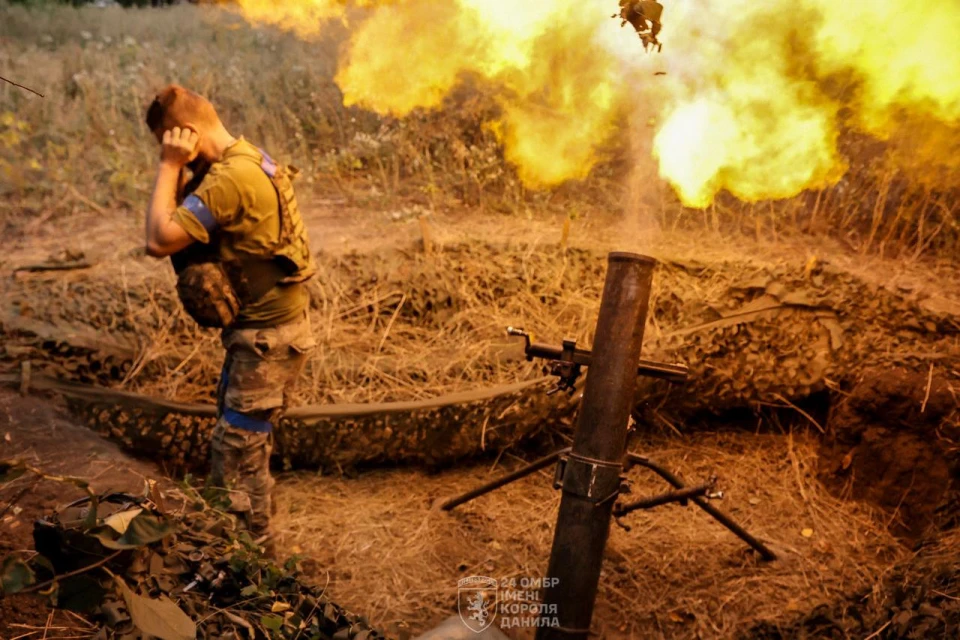
What has been the most difficult for the soldiers there? What did they lack most and still lack?
Typically, Ukrainian soldiers raise money for urgent needs because it takes time to process and receive support through state channels. They primarily fundraise radio-electronic warfare systems and drones. Currently, radio-electronic warfare systems and drones are among the most crucial tools in the war, significantly impacting its outcome. They are essential for defending Chasiv Yar by blocking the operations of Russian drones.
Can the situation in Chasiv Yar be compared to the 24th Brigade's previous battles in the Luhansk region and Popasna, for example, in terms of the weapons used by the Russians, such as shells and guided aerial bombs?
The conditions are quite different. The amount of ammunition has changed significantly. Back then, we had Soviet systems, and ammunition was more readily available. Now, there's a need to conserve ammunition, and artillery is working more precisely. The use of drones and drone reconnaissance also has a significant impact. Recently, we discussed with the artillery teams how many drones could be active during intense fighting. Up to 100 of our drones of various types might be in the air. For instance, if we had had such resources during the battles in Popasna, our defense could have been much more successful.
Aviation was also used in Popasna, but not to the extent it is used this year. Compared to last month, there are now significantly fewer aerial operations in Chasiv Yar. This is why the situation is radically different. The defense of Popasna differs due to the terrain and the buildings there. Additionally, the understanding and conduct of warfare have evolved over the past two and a half years.
Recently, there was a situation where the press service of the 24th Brigade reported inaccurate information about the part of Chasiv Yar under Russian control. How difficult is it to get accurate information from such a hot spot? And how important is it to inform the public about what is happening in these key areas?
I take responsibility for this mistake, I provided incorrect information due to a personal error. I mentioned the wrong number and misinterpreted the map. In general, obtaining information through military channels is not very difficult, but the question was unusual at that time. It’s not something you’re typically asked.
Regarding awareness, one of our goals is to help society understand what is happening and how our soldiers are holding various areas. We want people to see the military defending their country. However, when covering the situation at the front, we must consider security. We can’t share everything immediately. Even positive news might be delayed to ensure safety.
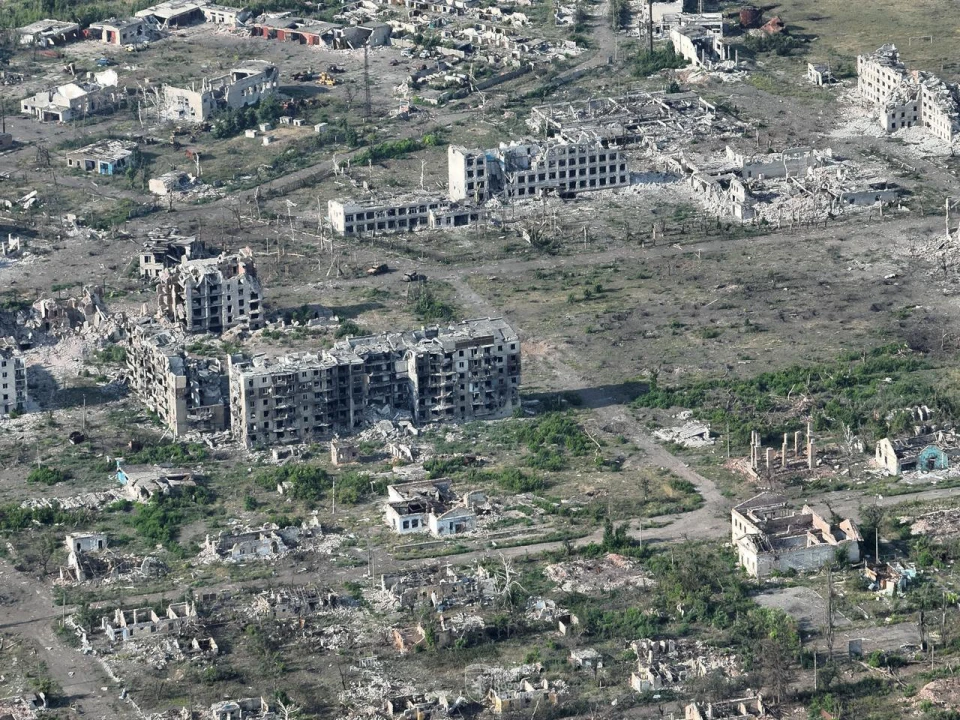
“Scorched earth” tactics and “meat assaults” are still part of the Russian strategy
Do the Russians in Chasiv Yar behave similarly to those in other areas? Are they using "scorched earth" tactics?
They attack in the same manner, destroying everything they can, regardless of whether there are civilians or not. They demolish anything that could potentially provide shelter for us, without concern for whether they will ever use it themselves. They have managed to destroy an entire neighborhood where they are currently positioned. Their tactics primarily involve infantry assaults, occasionally supported by equipment.
Has anything changed in the behavior of the Russians on the battlefield during these two and a half years of full-scale war?
Conditions have changed on both sides: the use of drones and drone reconnaissance has become more prevalent. What was once a new development at the beginning of the full-scale war is now a significant factor for both the Russians and us.
Overall, the Russian tactics, characterized by the term “scorched earth,” have not changed. “Meat assaults” are still a part of their strategy, but they are now adjusted according to specific terrain conditions, the combat effectiveness of the unit, and other factors.
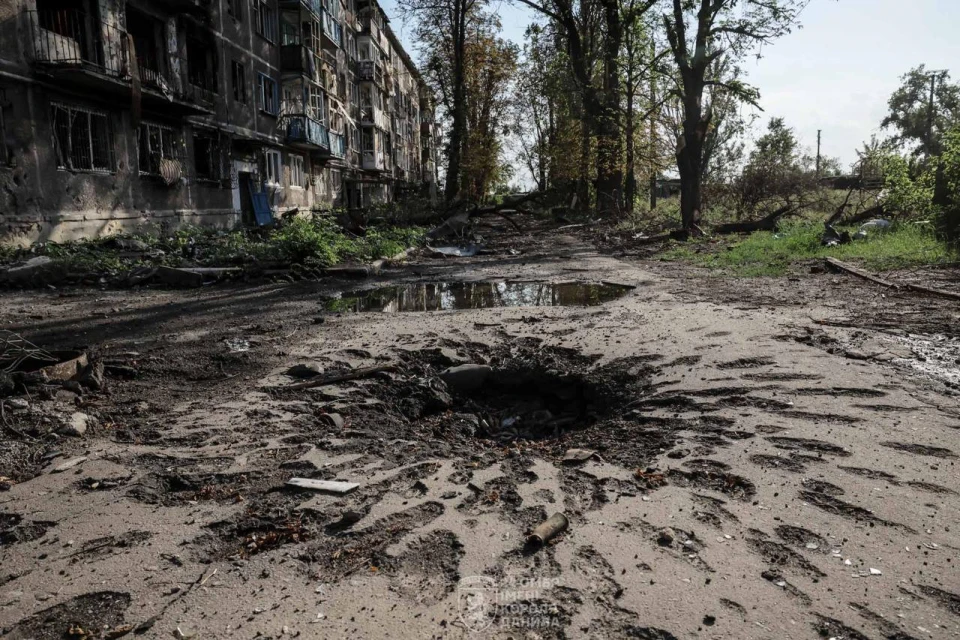
How massive was the evacuation in the Chasiv Yar area, and are there any civilians left there? Who are the locals who remain? Are they the so-called “waiters” or other categories?
It is difficult to determine exactly how many people remain there. According to official information from the military-civilian administration, there are fewer than 500 people, but the exact number is unknown. When we were there about a week ago, we mostly encountered people of retirement age. It’s hard to classify them as “waiters” since there’s no way to verify that. They stay because they feel they must remain in the place where they were born. However, I would like to emphasize that if a person remains in a combat zone and does not contribute to the defense of their city, they are only causing harm.
Do you have any interaction with these civilians? Is it possible to explain to them that they are not helping by staying, but rather doing the opposite?
Our soldiers try to avoid unnecessary movement around the city, including interacting with civilians. Our primary tasks are different. Therefore, they only engage with civilians for minimal assistance.
When liberating new settlements, how does the local population react, for example, in the Kherson region in 2022?
It’s hard to say, as in the areas where we fought, there was virtually no local population.
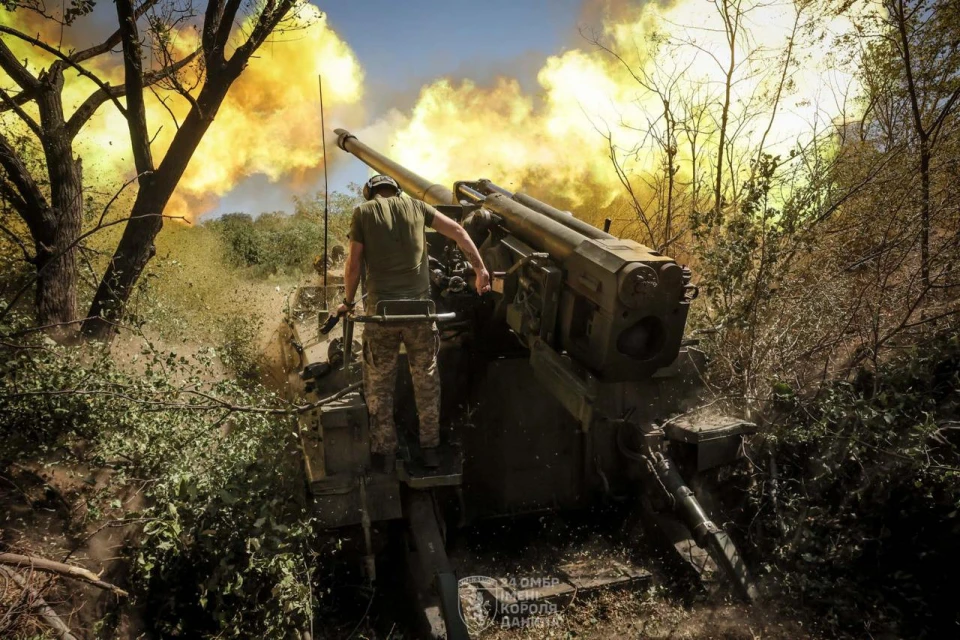
There is a shortage of shooters, UAV operators, drivers, and craftsmen
The 24th Brigade has formed a new battalion called the Kharakternyky from former prisoners. How are they performing, both in training and on the battlefield? Are the instructors satisfied with the ex-prisoners' attitude toward training, responsibility, discipline, and morale?
It is too early to determine their success. I do not have detailed information about this unit yet.
And what about the unmanned systems battalion? Do you have statistics on how much has been destroyed since its creation? How has the creation of this new structure affected the brigade’s unmanned systems, and has the new unit integrated well? How do you interact with each other?
The Rarog Battalion was created in early 2023 as a company and later expanded to a battalion. They have integrated well because the use of drones began before the battalion was formed. Our units were already familiar with how to use drones and their benefits, so the approach was systematic.
Regarding effectiveness, from August 1 to August 31, we have the following statistics: we destroyed one tank, five guns, 26 vehicles, 21 pieces of radio equipment, and 11 company and platoon positions. We also destroyed a heavy flamethrower system, the “Solntsepyok,” and 33 enemy personnel.
Currently, what specialties are most lacking in the brigade? Could you also provide information about rear positions (e.g., cook, turner, milling machine operator)
There is a shortage of riflemen and individuals in combat positions. This shortage existed at the beginning of the full-scale invasion and even before it. In the rear, the unmanned systems sector is expanding, and the Rarog Battalion is recruiting. Each battalion has a unit for unmanned systems, which also needs new personnel. Drivers are always in demand, as well as craftsmen for the repair and water restoration battalion.
- News









